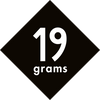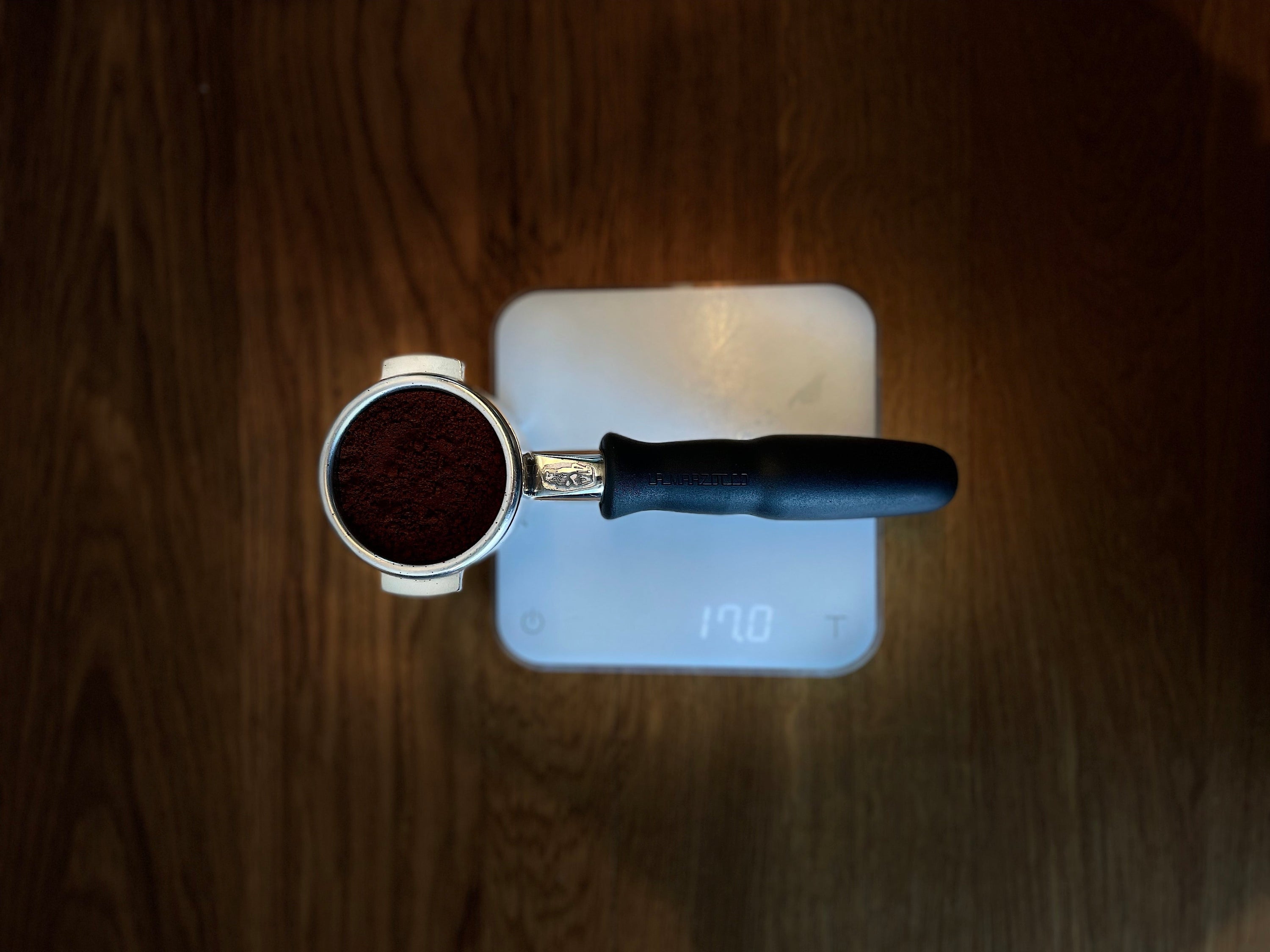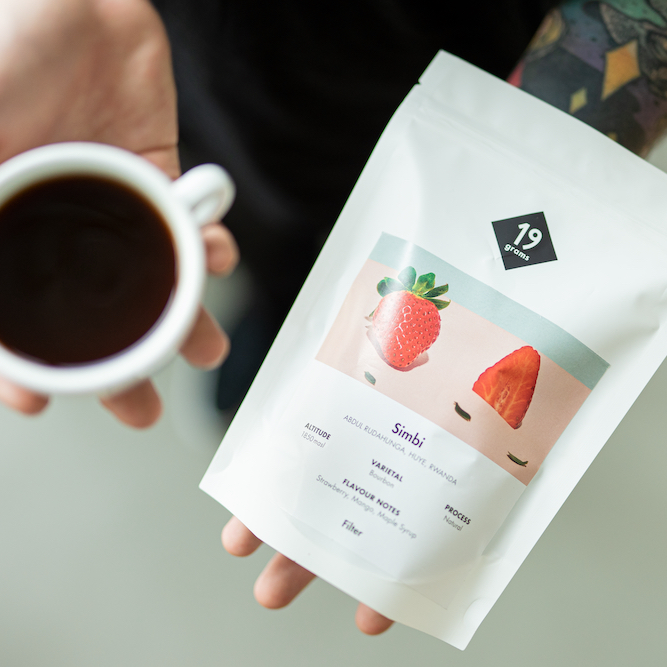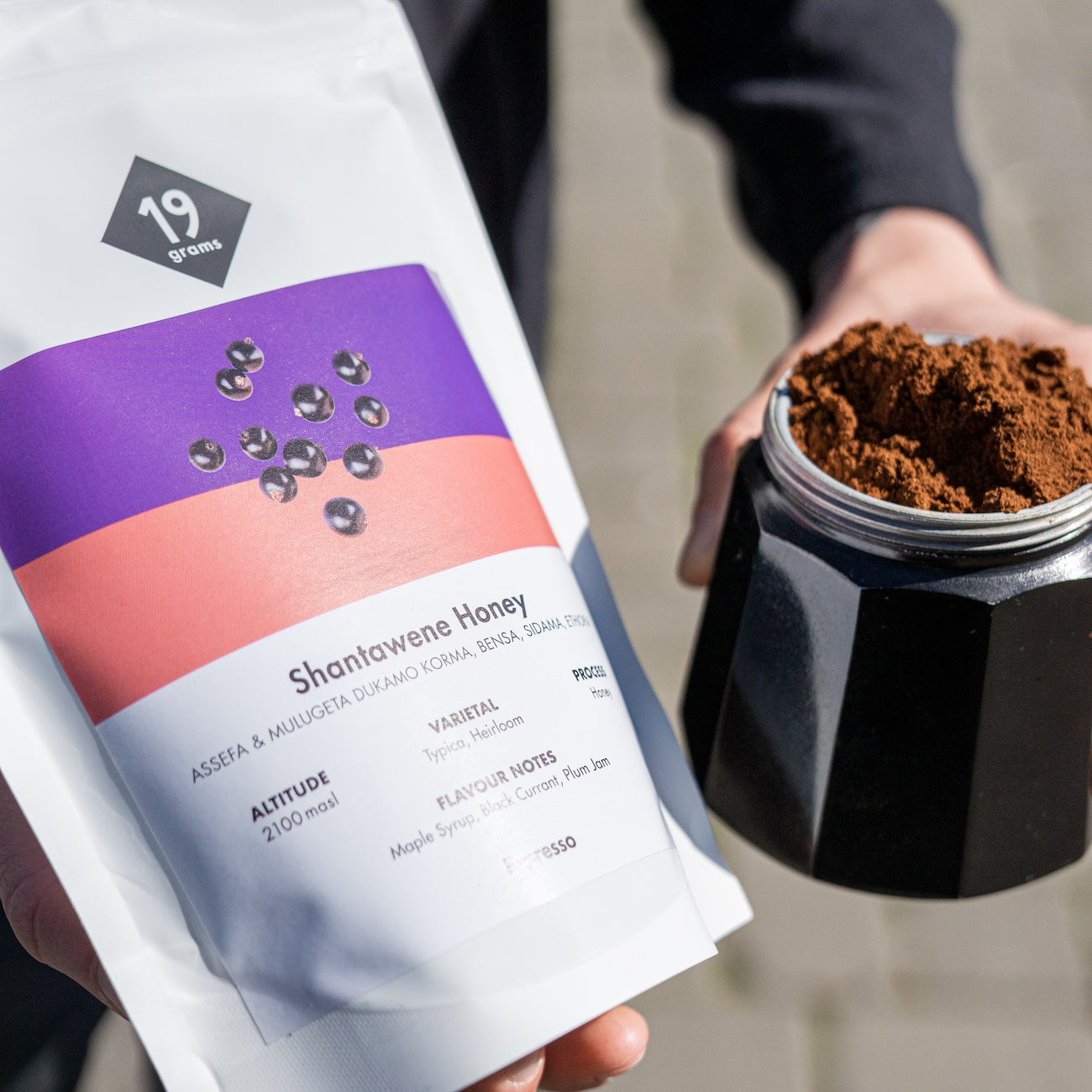We all (probably) love coffee. And we love it, if not for its taste, then for the effect it has on us. Caffeine is the most commonly consumed psychoactive drug in the world, and although it is found in many different foods and beverages such as tea, chocolate, and guarana, most of it is consumed as coffee.
But what is it? What happens when we ingest it? How much is too much?
The chemistry
Caffeine is an alkaloid, a type of organic compound that contains at least one nitrogen atom.
Alkaloids have a bitter taste in common. The main function of caffeine in plants is as a pesticide, keeping insects and animals from eating the plant. They accomplish this through the bitter taste, but it is also toxic to many insects. That's where our instinctive aversion to bitter tastes comes from: they often mean poison.
How it works
Caffeine affects the body through three different mechanisms: Quite simply, caffeine increases the body's production of dopamine and norepinephrine.
But it also blocks the body's adenosine receptors, which, when triggered by adenosine, produce a feeling of drowsiness. Blocking the receptors prevents this from happening, so you feel more awake. This is probably why many people experience a caffeine slump a few hours after drinking coffee: After the caffeine stops blocking the receptors, the receptors quickly fill back up with adenosine, which puts you in a sleepy state.
Withdrawal symptoms
As a psychoactive drug, caffeine is highly addictive. You probably already knew that. That addiction and the withdrawal you feel in the morning quickly turn into what you actually crave: caffeine. Although the stimulating effect is very real, it usually takes about 30 minutes for the caffeine to be properly absorbed into your body and begin its energizing effects. The initial feeling of awakening you feel almost immediately after that first sip of coffee is really just the withdrawal symptoms receding.
You probably haven't had coffee in the morning before, which is a very unpleasant experience for you as a heavy coffee drinker. Symptoms include headaches and irritability, and it usually takes a full day for them to go away when you skip your daily dose of caffeine. The main function of caffeine for heavy coffee drinkers is to combat these symptoms, at least on the first morning.
How much is safe?
Unfortunately, it's very difficult to measure how much caffeine is in a given cup of coffee.
Basically, it's measured the same way as alcohol: as a percentage. On a bottle of wine, it says how much alcohol is in the bottle - usually around 10-14% - and that gives you an indication of how strong the effect of the alcohol will be. There's no such number on the side of your coffee, even if you bought it at a coffee shop.
The caffeine content varies not only from variety to variety, but also depending on how you brew it. A cup of high caffeine filter coffee will contain much more caffeine than a regular low caffeine espresso, even if you brew it with the same coffee.
In addition, the ability to process caffeine varies from person to person, not only because of body weight, but also because of the speed of metabolism.
Therefore, it is difficult to say exactly how many cups of coffee you should drink in a day. Recommendations are that an adult should not consume more than 400 mg of caffeine per day. Some researchers have found between 60 mg and 300 mg of caffeine in cups of coffee from various coffee shops.
For caffeine poisoning to be fatal, you need to consume about 10 g - 10 000 mg - of caffeine. Long before that, you will have a severe headache and feel absolutely miserable because of the effects of caffeine intoxication. But this is not a free pass to drink as much coffee as you want: watch your consumption and how you react to coffee.






